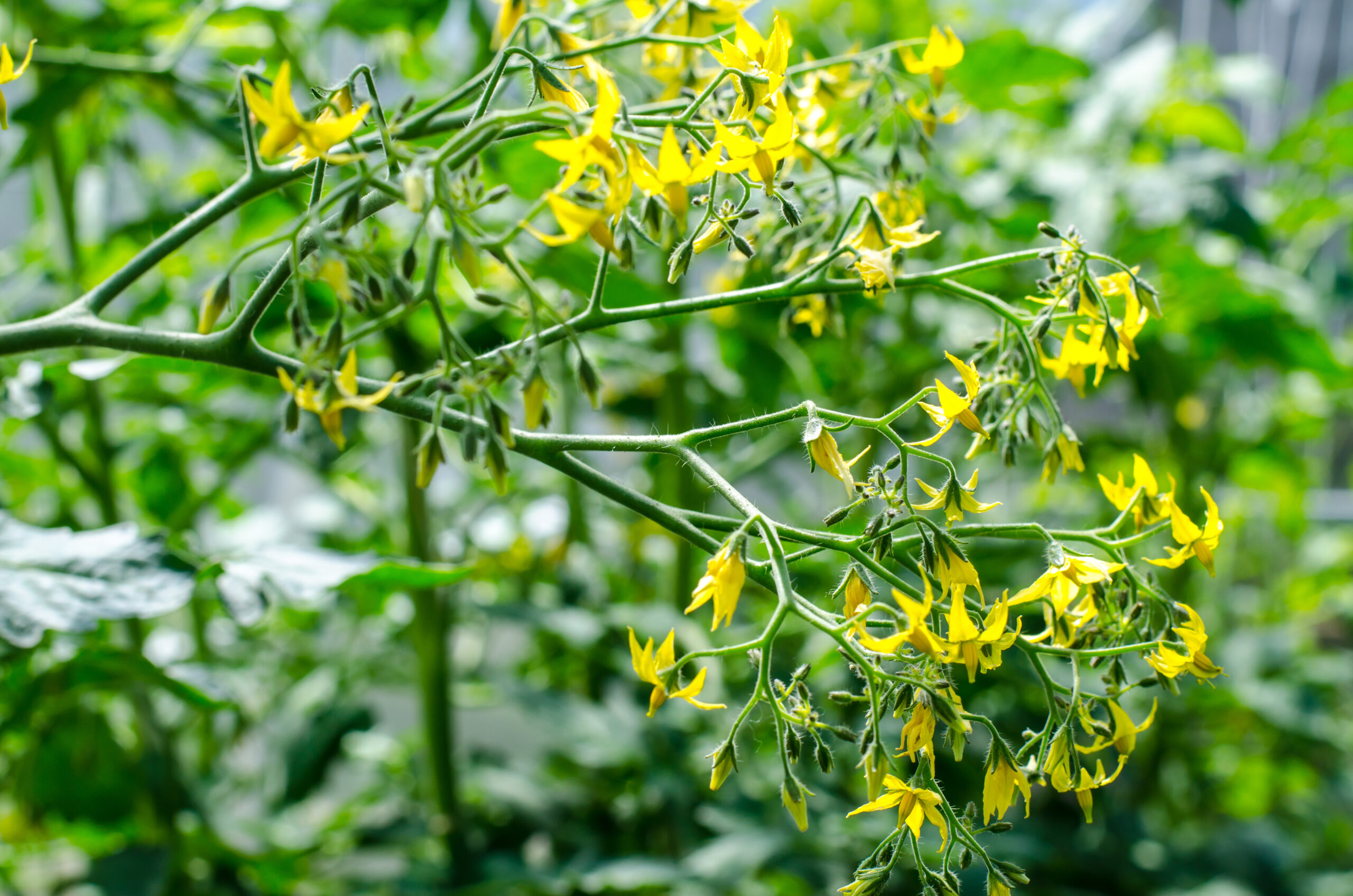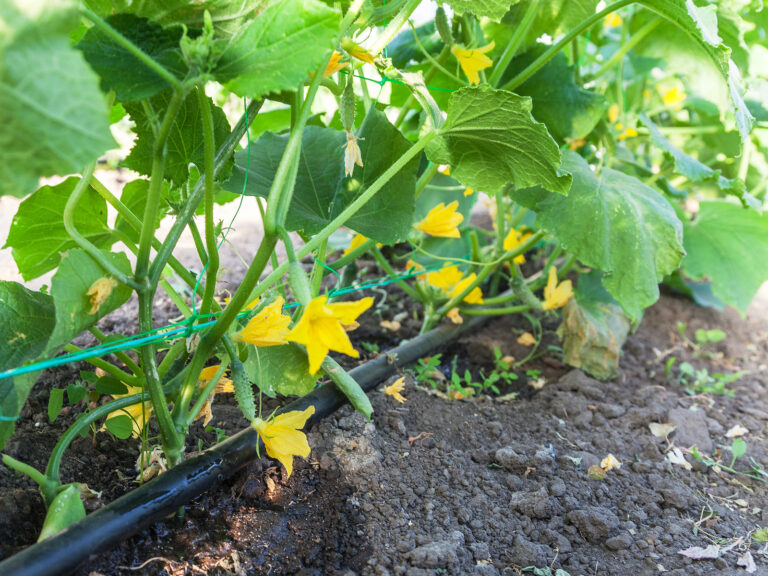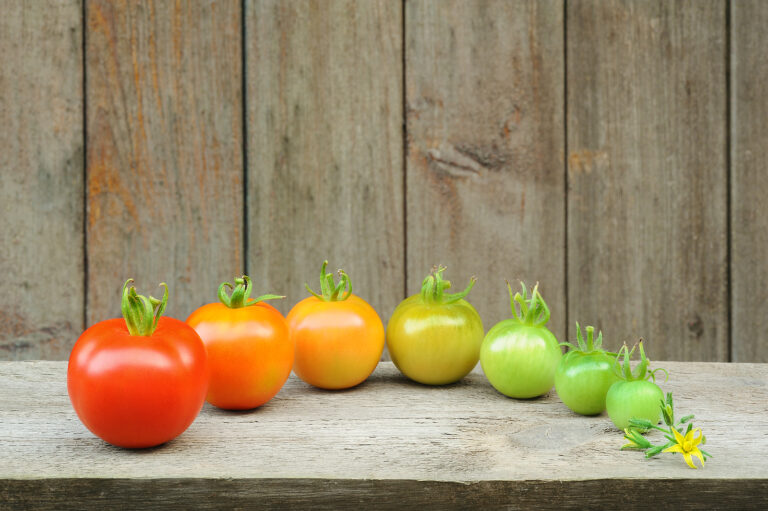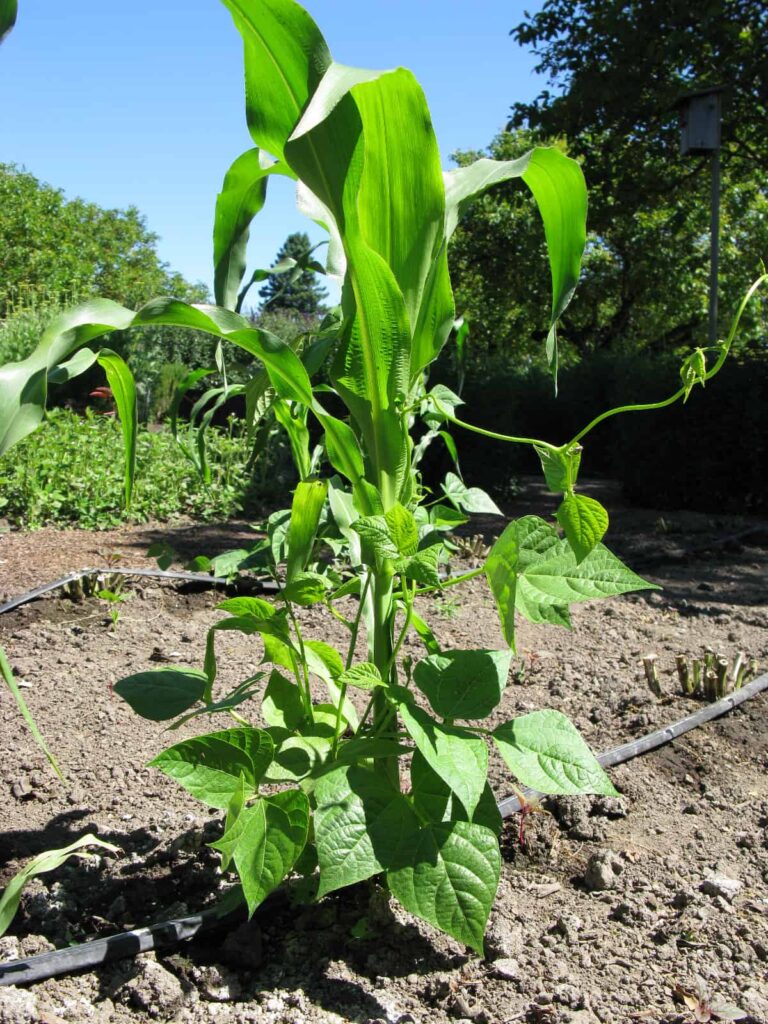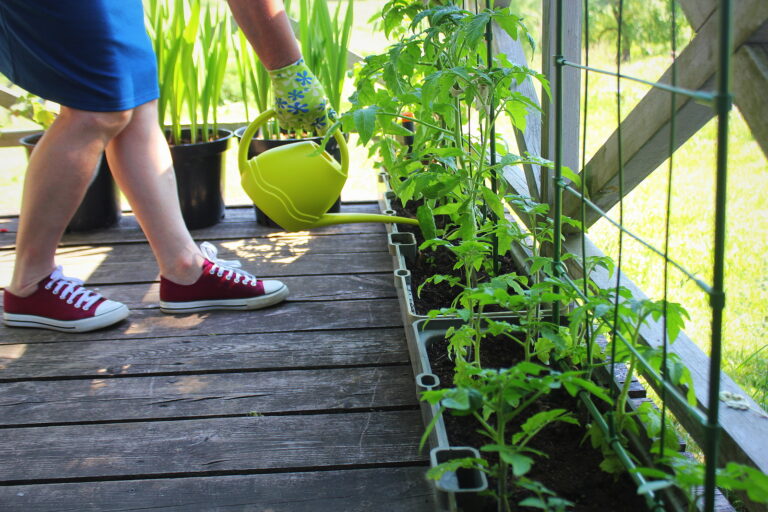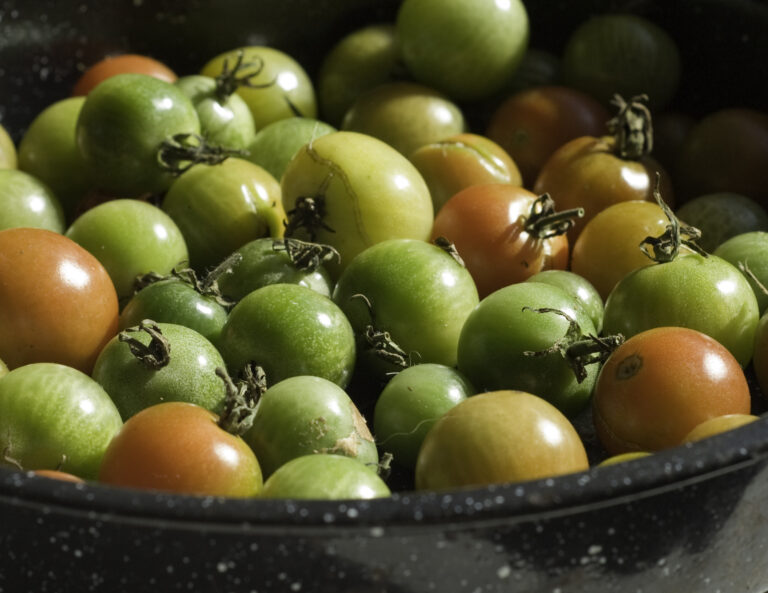Best Companion Plants for Thriving Tomatoes: What Works & What to Avoid
Over the years, I’ve experimented with companion planting in my garden, and one thing is clear—tomatoes thrive when grown alongside the right plants. By choosing good companions, you can boost tomato health, improve flavor, and even reduce pest problems naturally.
Here’s what I’ve learned about the best and worst companions for tomatoes—based on both personal experience and generations of gardening wisdom.
Why Companion Planting Works
Companion planting is the practice of growing certain plants together to enhance growth, deter pests, or improve soil conditions. Some plants release chemicals that repel harmful insects, while others attract beneficial pollinators or help balance nutrients in the soil.
For example, I always plant basil near my tomatoes because it seems to enhance their flavor and keep aphids away. Marigolds are another favorite—these bright flowers are excellent at repelling nematodes and whiteflies.
Best Companion Plants for Tomatoes
🌱 Basil – One of the most well-known tomato companions. Basil enhances tomato flavor and helps repel aphids, whiteflies, and mosquitoes. I’ve noticed fewer pests on my tomato plants ever since I started planting basil nearby.
🌱 Chives & Onions – These members of the allium family deter aphids and spider mites. Plus, they don’t compete heavily with tomatoes for nutrients.
🌱 Carrots – A great interplanting companion! Carrots loosen the soil, allowing tomato roots to grow deeper. I often plant them in between my tomato rows.
🌱 Leaf Lettuce – Provides shade for the soil, helping retain moisture and reducing weed growth. Lettuce and tomatoes have worked well together in my raised beds.
🌱 Marigolds – These flowers are tomato’s best friend. Marigolds repel aphids, whiteflies, and root-knot nematodes, making them an essential companion in my garden.
🌱 Nasturtiums – A natural trap crop that attracts aphids away from tomatoes. They also deter whiteflies and squash bugs.
🌱 Parsley – Attracts beneficial insects like hoverflies, which prey on aphids. I plant a few parsley plants near my tomatoes every season.
🌱 Asparagus – Helps repel nematodes, while tomatoes help deter asparagus beetles—a perfect partnership.
🌱 Dandelion – Though often considered a weed, dandelions draw up nutrients from deep in the soil, making them beneficial for tomatoes.
Plants to Avoid Near Tomatoes
🚫 Cabbage & Brassicas (Broccoli, Cauliflower, Kale, Kohlrabi, Brussels Sprouts) – These compete for nutrients and slow tomato growth. I learned this the hard way when I planted kale too close—my tomatoes struggled to thrive.
🚫 Corn – Attracts tomato fruitworms, which are the same as corn earworms. A bad combination.
🚫 Dill (Mature Plants) – While young dill is okay, mature dill stunts tomato growth. I keep it in a separate part of the garden.
🚫 Fennel – Inhibits the growth of tomatoes and most other plants. Best to keep it far away.
🚫 Potatoes – Tomatoes and potatoes are in the same family (Solanaceae), which makes them vulnerable to the same diseases like blight. I never plant them together.
How to Maximize Companion Planting Benefits
✔ Interplanting: Grow shallow-rooted plants like leaf lettuce or carrots between deep-rooted tomato plants to maximize space and improve soil health.
✔ Pest Control Strategy: Place marigolds and nasturtiums around tomato plants to reduce insect damage naturally.
✔ Soil Health: Rotate tomato placement each year to prevent soil depletion and disease buildup.
✔ Balanced Nutrients: Use companion plants that don’t compete for the same nutrients, like onions and basil, alongside tomatoes.
Pro Tip: Tomato Companion Plants
Grow tomatoes close to basil, chives, asparagus, carrots, marigolds, nasturtiums, onions, and parsley. These are tomato companion plants. These plants will repel insects that attack tomatoes.
The notion behind companion planting is that some plants naturally grow better together, and that they form natural alliances. How such alliances work is not completely clear; companion planting is based widely on reported observation.
Tomato companion plants—said to ward off disease, encourage growth, and improve flavor–are carrots, leaf lettuce, nasturtiums, parsley, onions, chives, and marigolds. Conversely, poor tomato-growing companions are cabbage, fennel, potatoes, and kohlrabi.
Some plants grown as companions seem to discourage pests and disease; some seem to encourage growth and flavor. Others act to balance the soil.
One plant may be a good companion to another because it does not draw heavily on soil nutrients that the other favors. One plant may be a good companion because it more readily attracts insects that otherwise might attack the other.
Interplanting often goes hand-in-hand with companion planting. For example, a shallow-rooted plant such as leaf lettuce is an excellent companion when it is interplanted with a more deeply and complex-rooted tomato.
Here are some other good companions: to benefit carrots grow onions; to benefit collards grow tomatoes; to benefit corn grow beans; to benefit cucumbers grow broccoli; to benefit potatoes grow tansy; and to benefit tomatoes grow dandelion.
And here are some poor companions: growing beans avoid chives, garlic, leeks, onion, and shallots; growing beets avoid pole beans; growing cabbage family crops avoid kohlrabi and pole beans; growing carrots avoid dill; growing corn avoid tomatoes; growing cucumbers avoid potatoes and sage; growing onions avoid beans, peas, and sage; growing peas avoid chives, garlic, leeks, onions, and shallots; growing potatoes avoid cucumbers, squash, and tomatoes; and growing tomatoes avoid corn, dill, kohlrabi, and potatoes.
Final Thoughts
Through years of gardening, I’ve seen firsthand how the right companion plants can make a big difference in tomato health and productivity. Whether you’re using basil to enhance flavor, marigolds to deter pests, or carrots to loosen the soil, companion planting is a simple, natural way to improve your tomato harvest.
Tomato Growing Hub
Start here: The Ultimate Tomato Growing Guide: From Seed to Harvest
Growing Tips
- Getting Started with Tomatoes: A Gardener’s Guide to Success
- How to Choose a Tomato for Your Garden
- Growing Early-Season Tomatoes for Great Taste
- Heirloom and Hybrid Tomatoes
Planting Tips
- Tomato Seed Starting Tips
- Mastering Tomato Seed Starting: How to Grow Strong and Healthy Plants Indoors
- When to Plant Tomatoes: A Gardener’s Guide to Timing and Success
- Plant Tomatoes for a Thriving Crop: Sun, Soil, and Spacing
- How to Transplant Tomato Seedlings: A Gardener’s Guide
- Growing Tomatoes in Containers
Tomato Care
- Watering and Feeding Tomatoes: Expert Tips for a Healthy, Productive Crop
- Best Ways to Support Your Tomato Plants
- Pinching and Pruning Tomatoes: A Gardener’s Guide to Healthier, More Productive Plants
- How to Prune Tomatoes
- Grow Tomatoes on Stakes
- Best Companion Plants for Thriving Tomatoes: What Works & What to Avoid
Pest & Disease Control
- Tomato Growing Problems: Pests, Diseases, and Solutions
- How to Prevent Blossom Drop — Tomatoes and Peppers
- How to Identify Early Blight, Late Blight, and Leaf Spot on Tomatoes
Harvest & Preparation
- When and How to Harvest Tomatoes for the Best Flavor
- How to Ripen Tomatoes
- Planting Tomatoes for a Long Harvest
- Planting Tomatoes for a Fall Harvest: How to Grow Fresh Tomatoes Before Frost
- Tomato Flavor Explained
- Nine Ways to Cook and Serve Tomatoes
Garden Planning Books at Amazon:
- Tomato Grower’s Answer Book
- Vegetable Garden Almanac & Planner
- Kitchen Garden Grower’s Guide Vegetable Encyclopedia
- Vegetable Garden Grower’s Guide
Books to help you grow:

